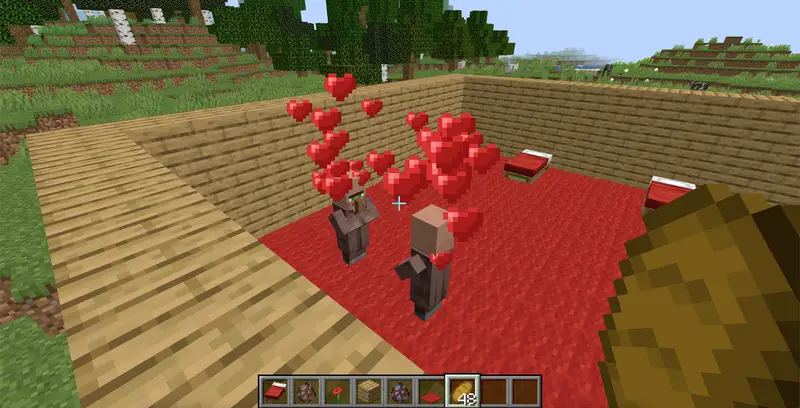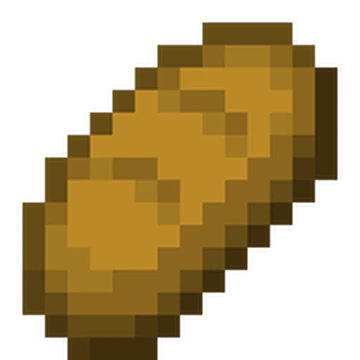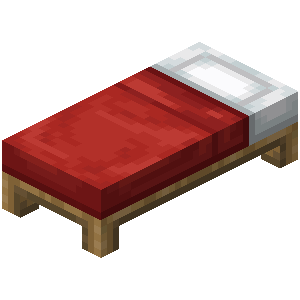
Breeding villagers in Minecraft allows players to expand their villages, create trading hubs, and even establish iron golem farms. Understanding the mechanics behind villager breeding is essential for efficient village management and automation.

1. Introduction
Villager breeding is a mechanic that allows villagers to reproduce under specific conditions, leading to the birth of baby villagers. These baby villagers can grow into adults and take on professions, contributing to the village’s economy and functionality.
2. Prerequisites for Breeding
Food Requirements
To initiate breeding, villagers must be willing, which is primarily influenced by their food inventory:

- Bread: Provides 4 food points.
- Carrots, Potatoes, or Beetroots: Each provides 1 food point.
A villager needs a total of 12 food points to become willing to breed. This can be achieved through various combinations of the foods mentioned above.
Bed Requirements
Breeding also depends on the availability of beds:

- Number of Beds: There must be at least one bed for each villager plus one additional bed for the baby villager.
- Accessibility: Beds must be unclaimed and accessible to the villagers.
- Space Above Beds: Each bed requires at least two empty blocks above it to accommodate the baby villager.
3. Breeding Mechanics
Willingness
Villagers enter a state of willingness when they have sufficient food points in their inventory. This state is indicated by heart particles above their heads. Once two villagers are willing and can reach each other, they will attempt to breed, resulting in a baby villager.
Population Cap
Villages have a population cap determined by the number of available beds:
- Calculation: The cap is set at 35% of the number of houses (beds) in the village.
- Breeding Limitation: Breeding will only occur if the current population is below this cap. citeturn0search6
4. Automated Breeding Systems
Players have developed automated systems to facilitate villager breeding, often utilizing farmer villagers to gather and distribute food. These systems can be complex, involving mechanisms to transport villagers and manage their interactions.
5. Troubleshooting Common Issues
- Breeding Not Occurring: Ensure there are sufficient beds and that villagers have enough food points.
- Villagers Not Becoming Willing: Check that the ‘mobGriefing’ game rule is set to true, as this affects villagers’ ability to pick up food and breed.
- Baby Villagers Not Appearing: Verify that there is adequate space above the beds and that the population cap has not been reached.
6. Additional Resources
For a more in-depth understanding of villager mechanics and breeding, consider watching the following guide:
This video provides a comprehensive walkthrough of villager behaviors, breeding mechanics, and tips for efficient village management.
By adhering to these guidelines and understanding the underlying mechanics, players can effectively manage and expand their villages, ensuring a thriving and productive community within Minecraft.
If you need further assistance, please feel free to contact our 24/7 support team: https://ggservers.com/billing/submitticket.php
 Billing
& Support
Billing
& Support Multicraft
Multicraft Game
Panel
Game
Panel





